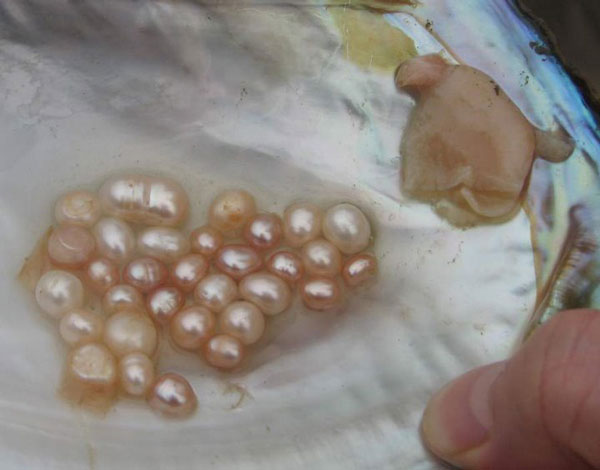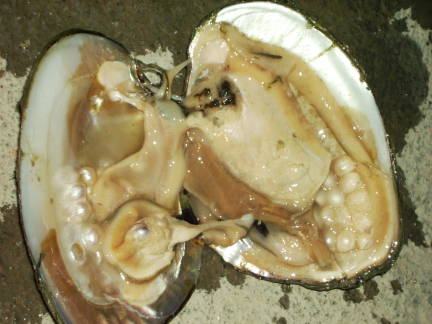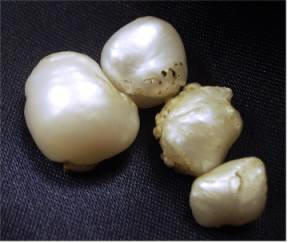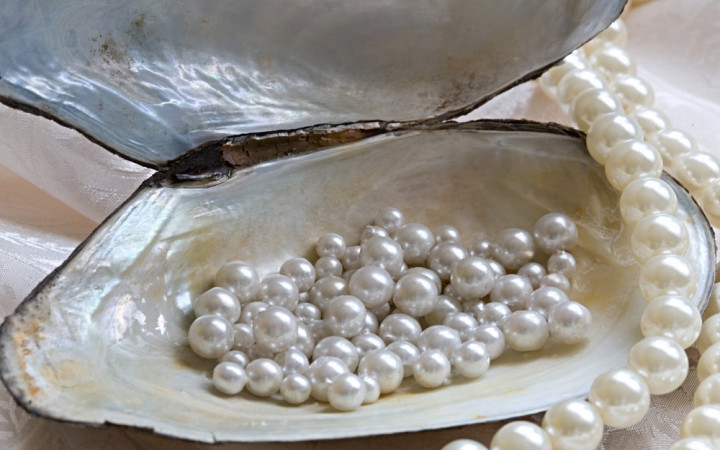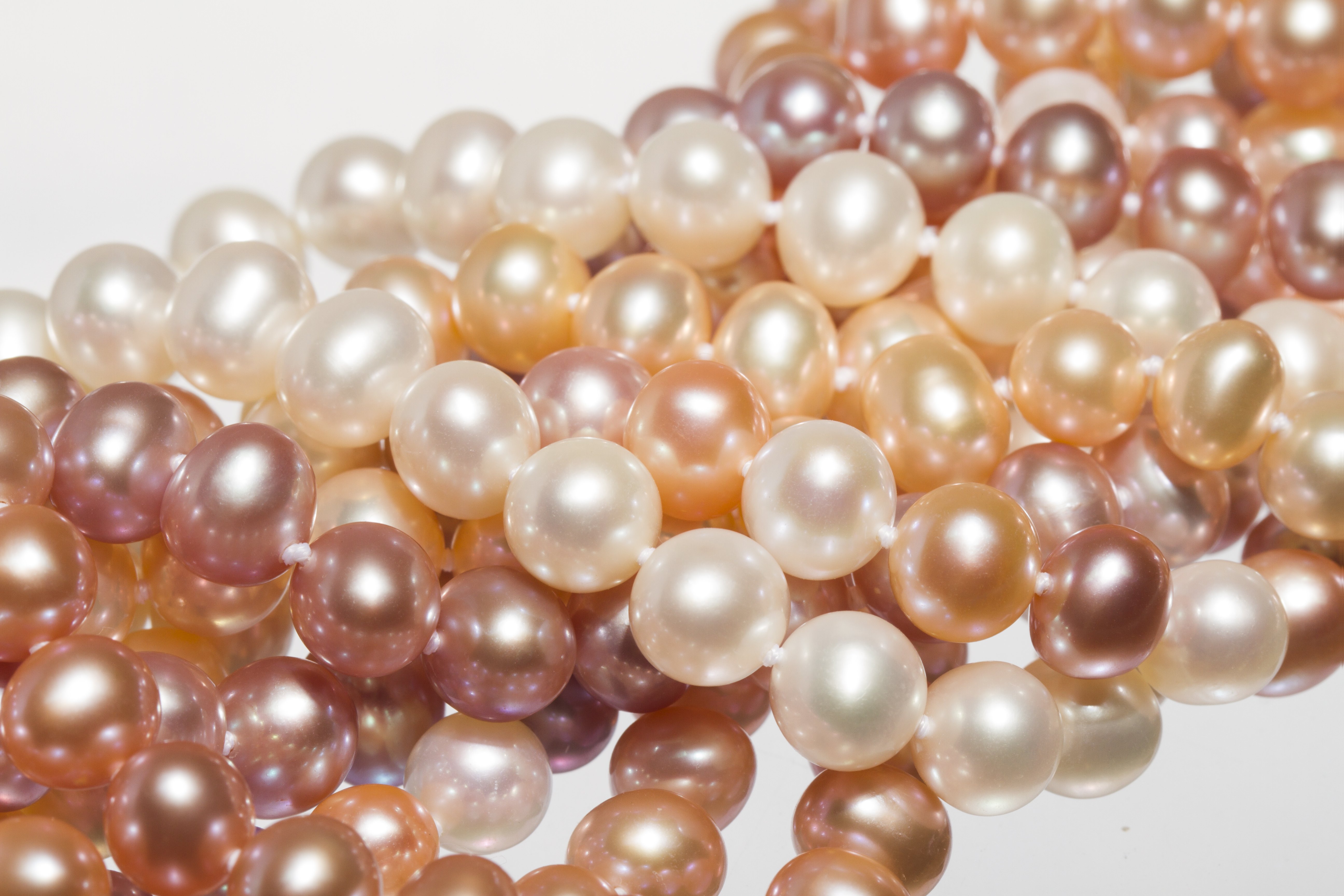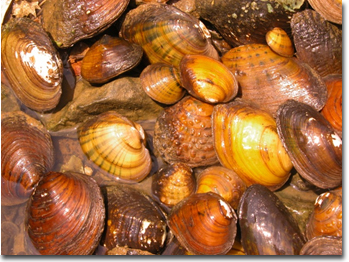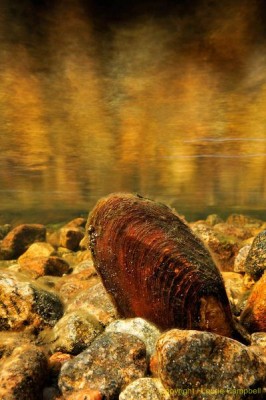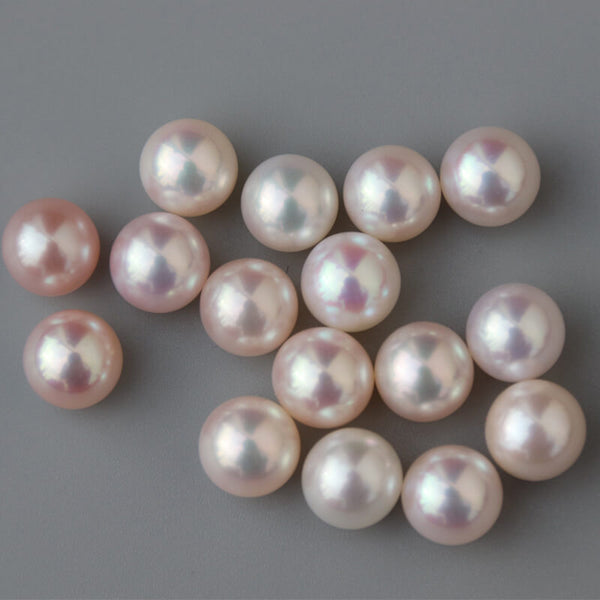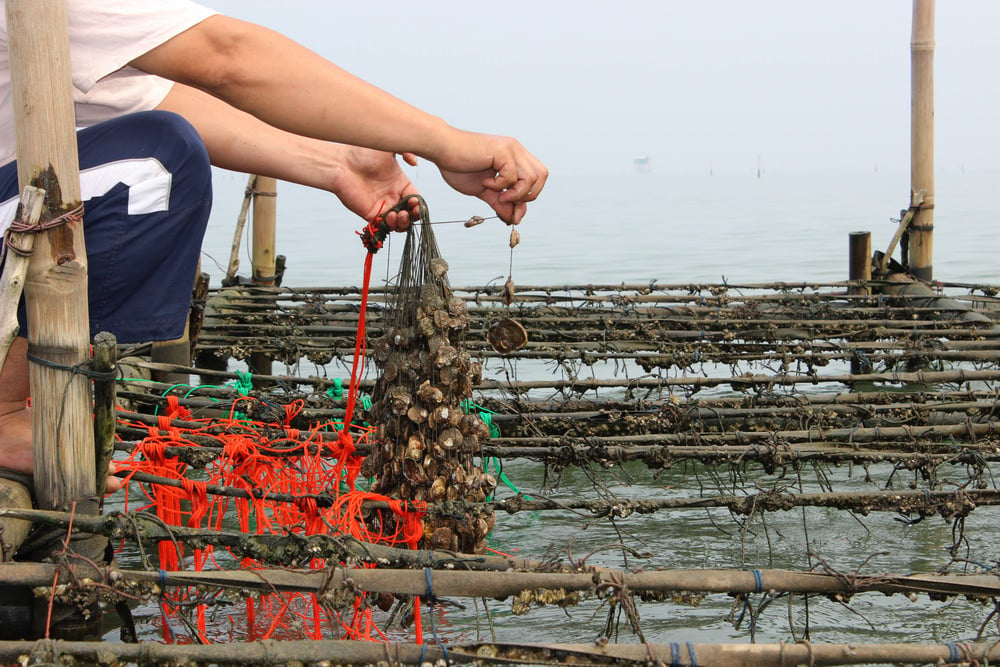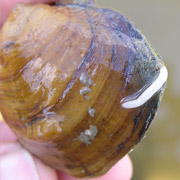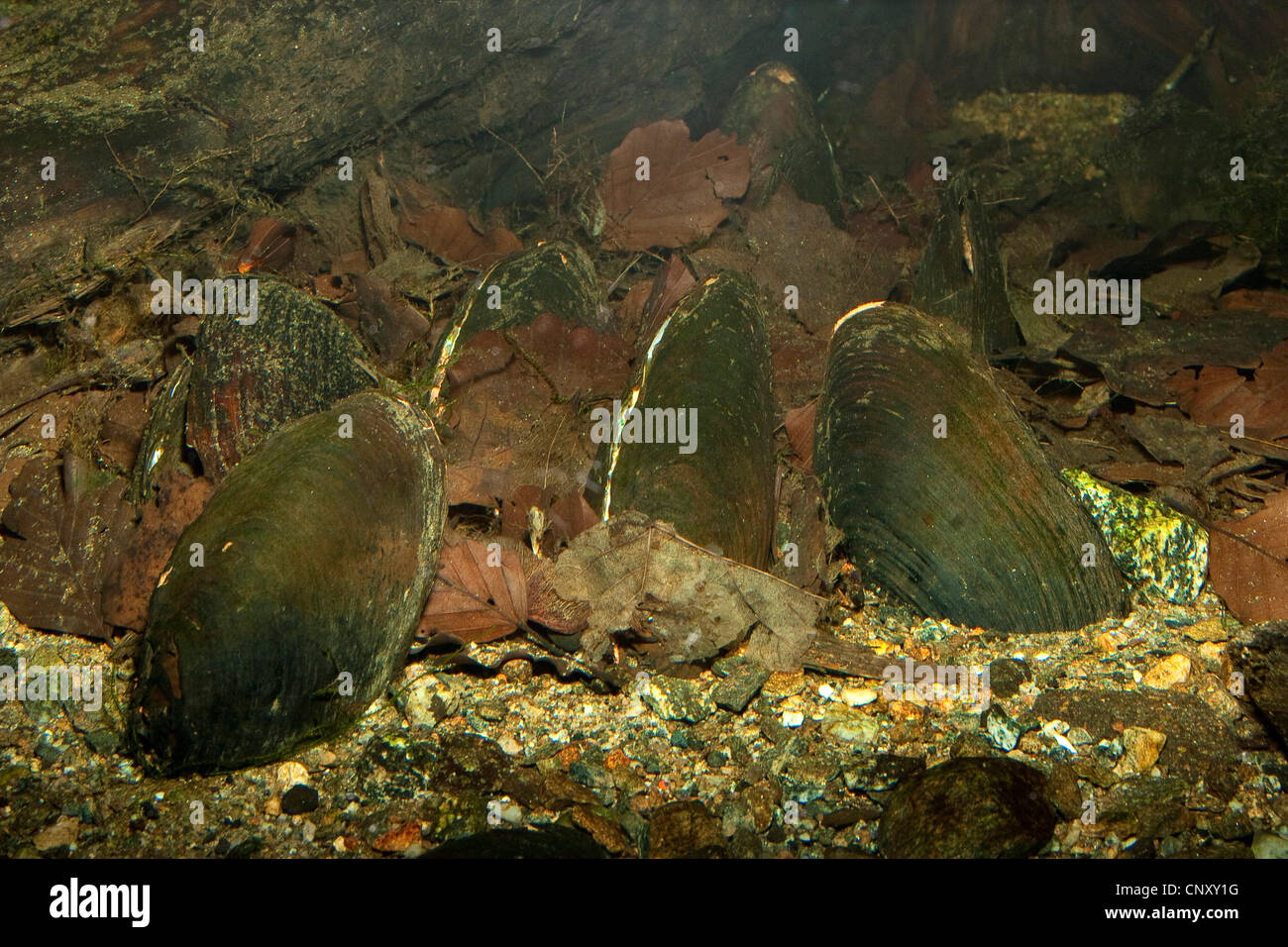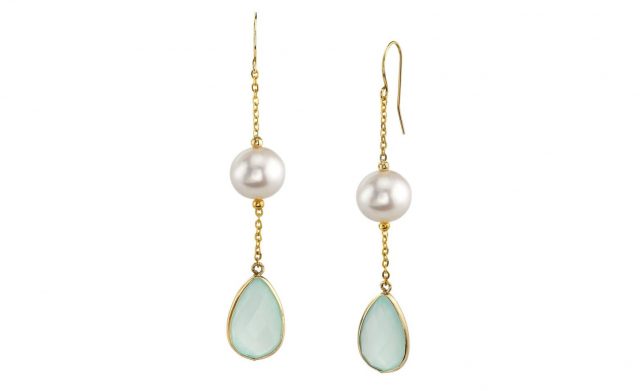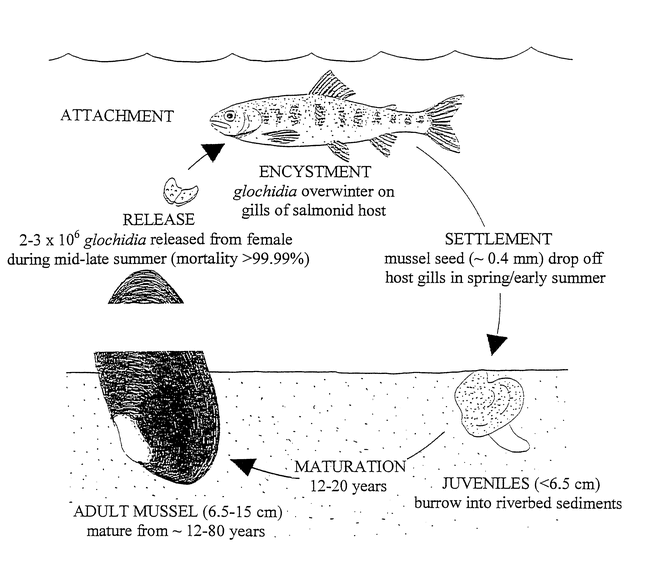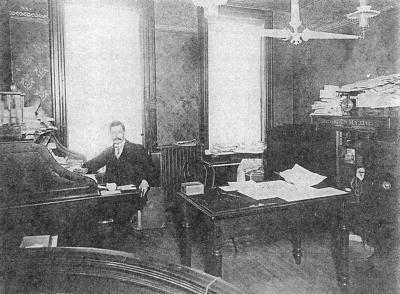Freshwater Pearl Mussel Worth

A freshwater mussel can have up to 50 pearls at a time compared to the two to five pearls that saltwater oysters can contain.
Freshwater pearl mussel worth. Freshwater pearl mussel shells the freshwater pearl mussel is a bivalvemollusc meaning it has a shell made up of two parts that are hinged together. Although freshwater mussels aren t edible they re tough and taste bad there are freshwater mussel fisheries that serve an industry for buttons and pearls worth a few million dollars each year in. Although people often use the term biwa pearls to mean any cultivated freshwater pearls. Production time for these pearls is just three years.
All freshwater pearls have been cultured meaning that they were grown in pearl farms using science and technology rather than in nature by accident. For example someone who studies a sport fish might note that expenditures on recreational fisheries in the usa in 2011 were 42 billion with an estimated economic impact of. Even though methods to estimate all the values provided by freshwater mussels are still in development and it probably isn t yet possible to assign a firm monetary value to mussel populations there are nevertheless several ways by which mussel biologists and ecologists can help society better value freshwater mussels a point that was also made in the recent national strategy for the. First mussel biologists and ecologists could use such a value to justify research and management of freshwater mussels fmcs 2016.
Estimate the value of freshwater mussels. This is where a trained technician implants an irritant in the mussel to stimulate the formation of a pearl. The pearl mussel project pmp is the pearl mussel project builds on the work undertaken by the kerry life demonstration project in the caragh and blackwater river catchments in south kerry from 2014. When the mussel is young the shell is yellowish brown in colour and it gets darker with age.
Their gillsact like lots of microscopic nets and they. Commercial freshwater pearl farming originated in lake biwa japan at the end of the 1920s. Cultivators can insert up to thirty seeds at a time into a single biwa pearl mussel hyriopsis schlegeli.
